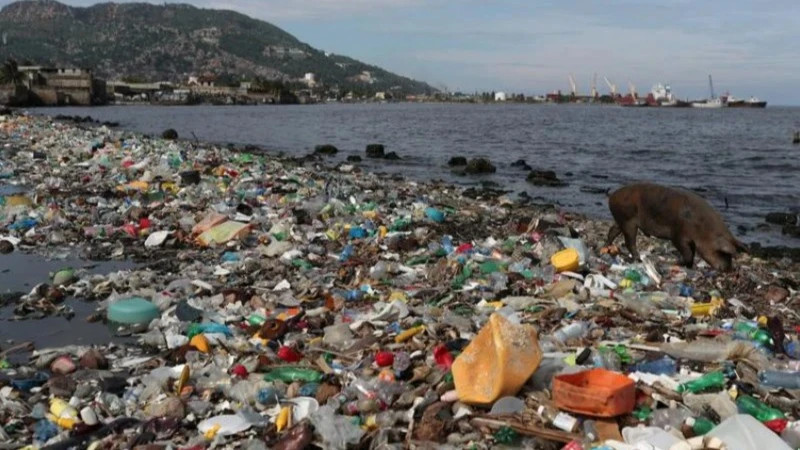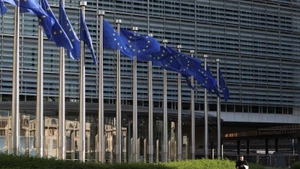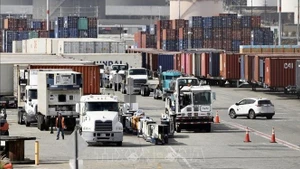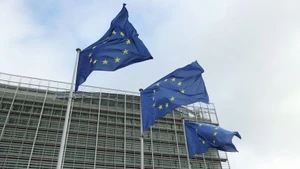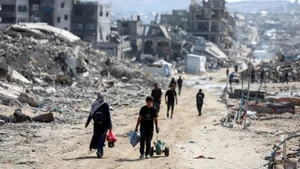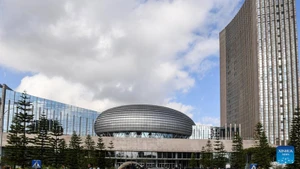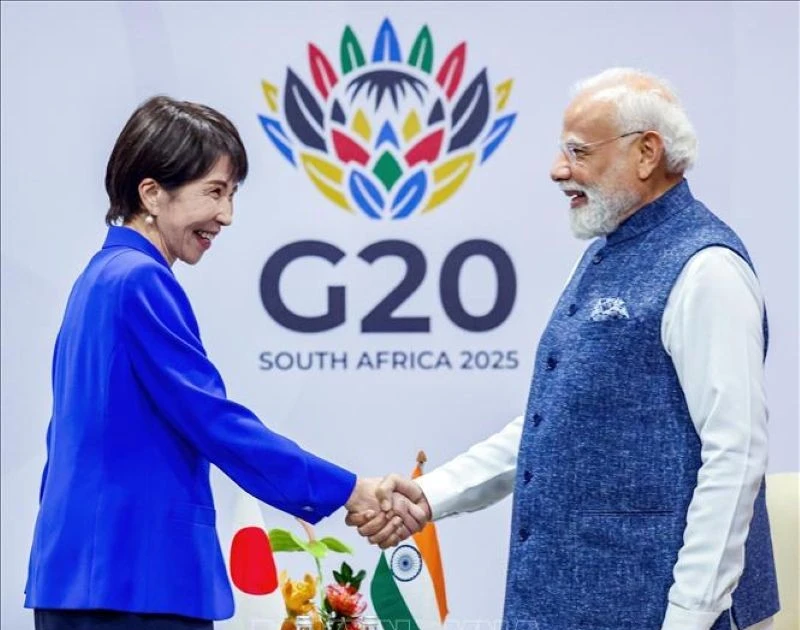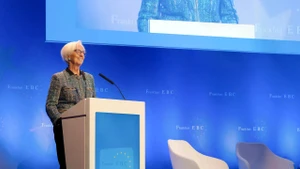A ministerial delegation from nearly 200 countries spent a week negotiating at the fifth session of the Intergovernmental Negotiating Committee on Plastic Pollution (INC-5) in Busan, the Republic of Korea (RoK), to discuss ways to prevent the disposal of millions of tonnes of plastic into the environment each year. The talks were expected to conclude with the world's first treaty to reduce plastic pollution after nearly two years of discussions. However, no agreement was reached by the end of the session, except for an extension of the negotiations.
On December 3, the US government expressed disappointment with the outcome. In a statement, US National Security Council Spokesperson Sean Savett emphasised that the White House was disheartened by the lack of a legally binding international agreement with a clear timeline to address plastic pollution. He also noted that a small group of countries and producers had obstructed progress to protect their own interests.
The draft released after multiple delays revealed significant disagreements. Countries, including oil-producing nations such as Russia and Saudi Arabia, opposed limiting plastic production. Iran highlighted a wide gap between negotiating parties, while Russia warned that efforts to reach a plastic waste reduction treaty were being hindered by the excessive ambitions of some parties. Meanwhile, China and the US, the world's top plastic producers, have yet to clearly express their stances. INC Chair Luis Vayas Valdivieso stated that more time is needed to break the deadlock due to the deep divisions among countries.
Environmental groups caution that future negotiations may face similar obstacles if ambitious countries do not show goodwill. Previously, delegates from Germany, Portugal, and Senegal expressed support for extending the talks to reach a meaningful agreement. Meanwhile, environmental groups are urging ambitious nations to call for a vote if progress stalls, arguing that another round of negotiations is unnecessary.
Scientists say that plastic pollution is ubiquitous worldwide. From the highest mountain peaks to the deepest oceans and even within various parts of the human body, microplastics are pervasive. According to the Organisation for Economic Cooperation and Development (OECD), global production of synthetic polymers, the materials used to create bulk plastics, has increased 230-fold since the 1950s. Between 2000 and 2019, production doubled to 460 million tons, primarily concentrated in the US, the Middle East, and China. The OECD warns that without control measures, this figure could nearly triple to 1.2 billion tonnes by 2060.
As plastic production soars, global plastic waste has more than doubled over the past 20 years, rising from 156 million tonnes in 2000 to 353 million tonnes in 2019 and is projected to exceed 1 billion tonnes by 2060.
The pressing concern is how to manage this massive plastic waste. According to the OECD, only 9% of global plastic waste is recycled, 19% is incinerated under controlled conditions, and nearly 50% ends up in managed landfills. Approximately 22% of plastic waste is either dumped in open landfills, burned outdoors, or directly released into the environment, posing significant health risks. An estimated 22 million tonnes of plastic enter the environment annually, with 6 million tons ending up in rivers, lakes, and oceans.
